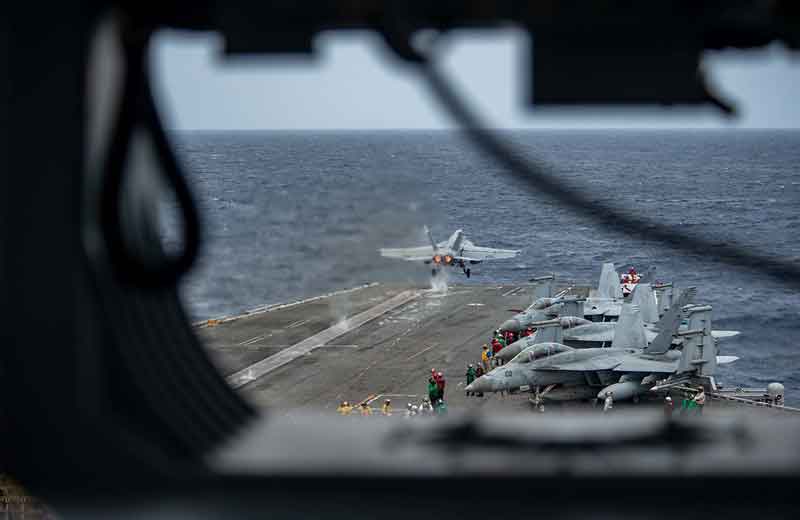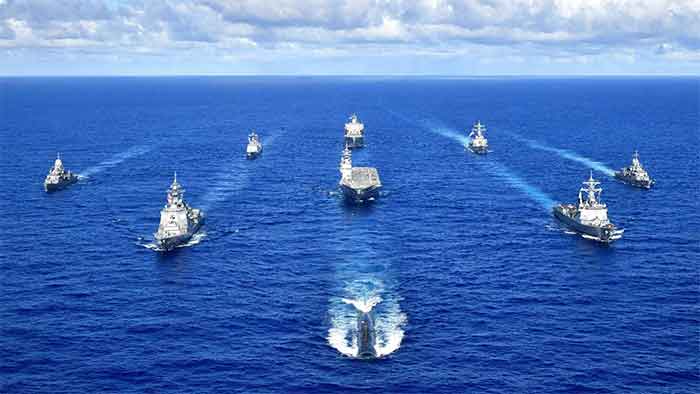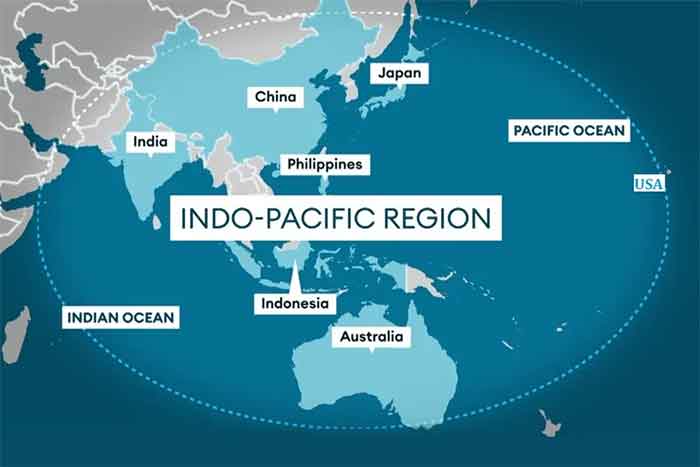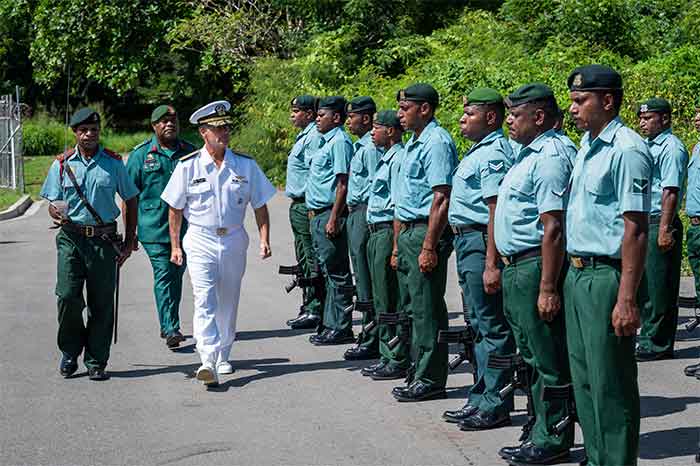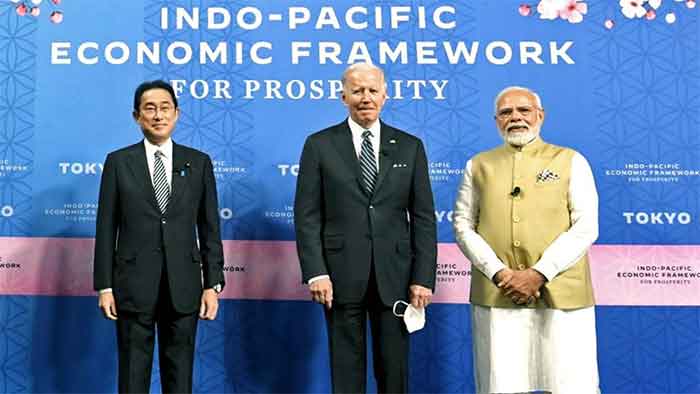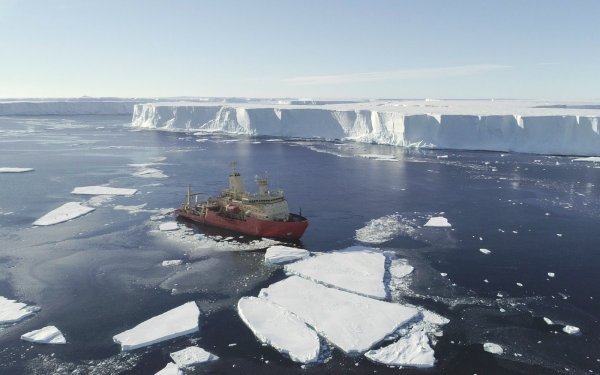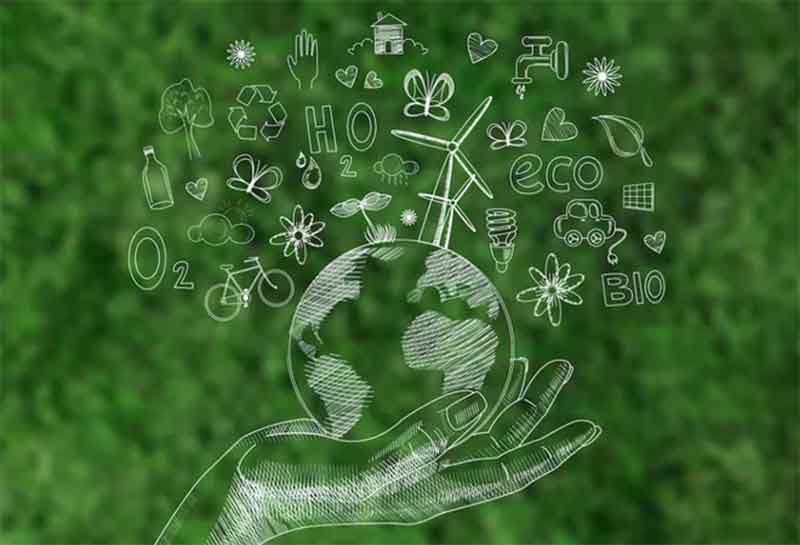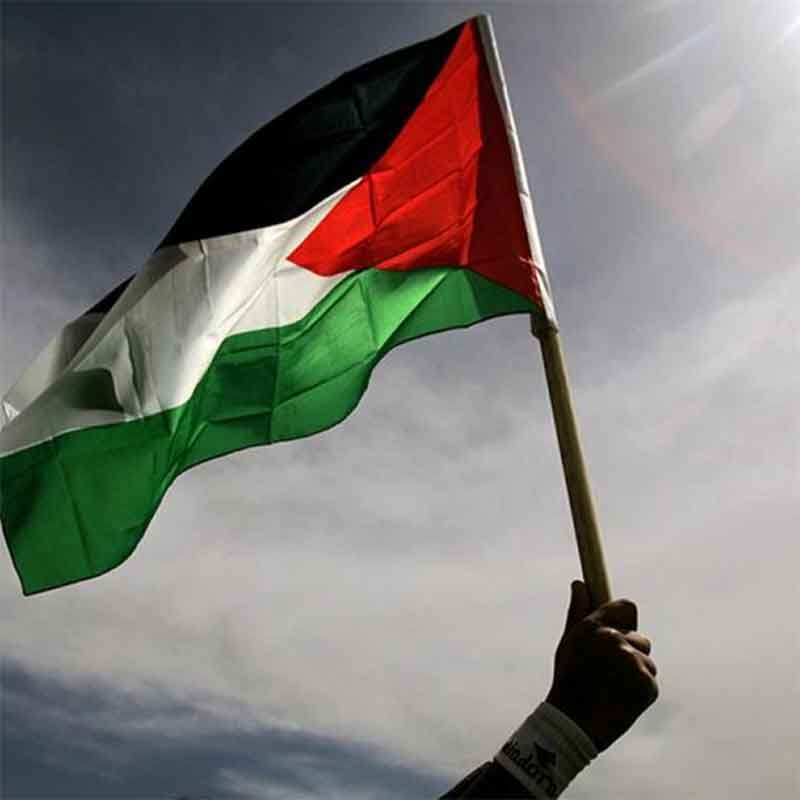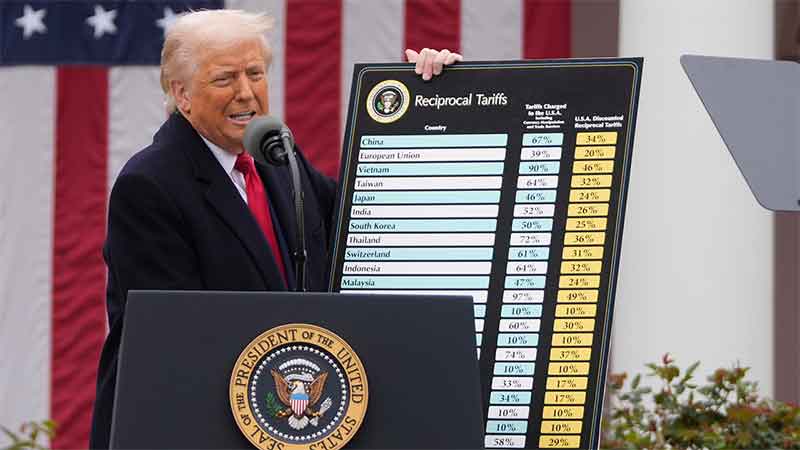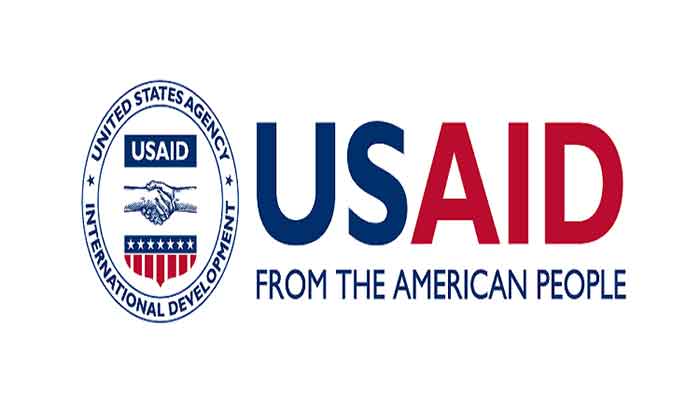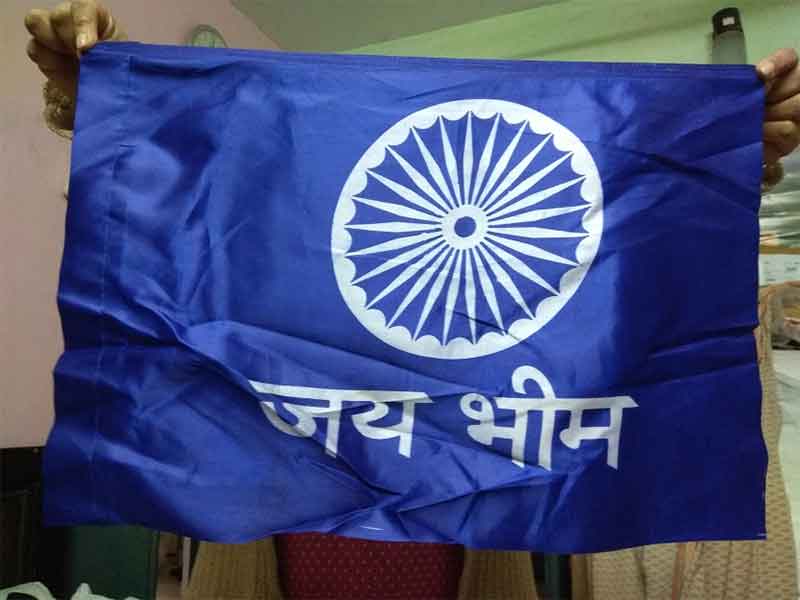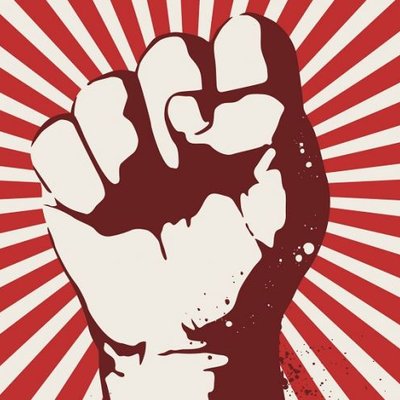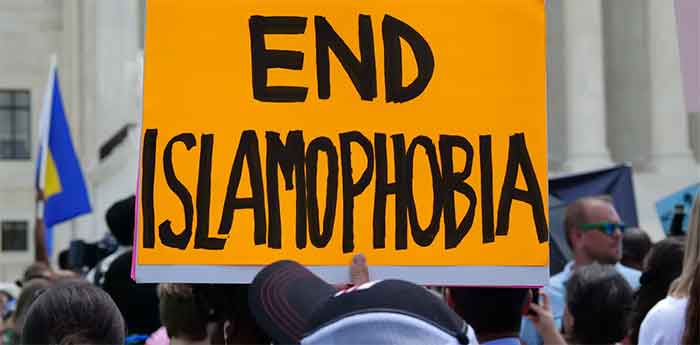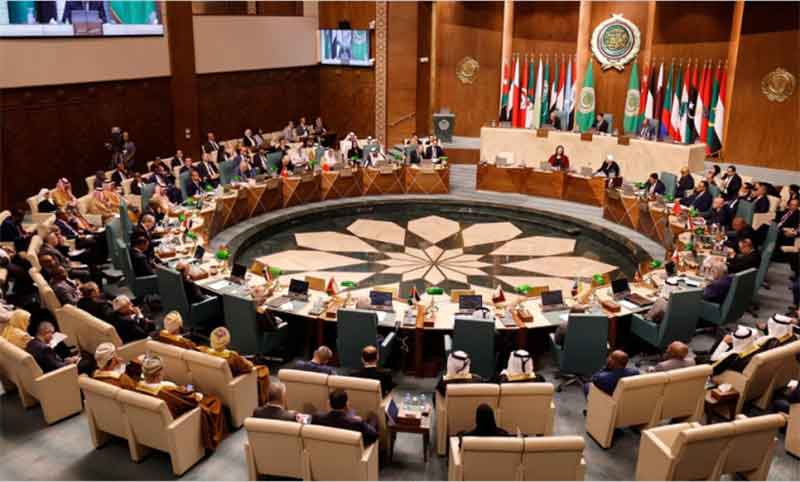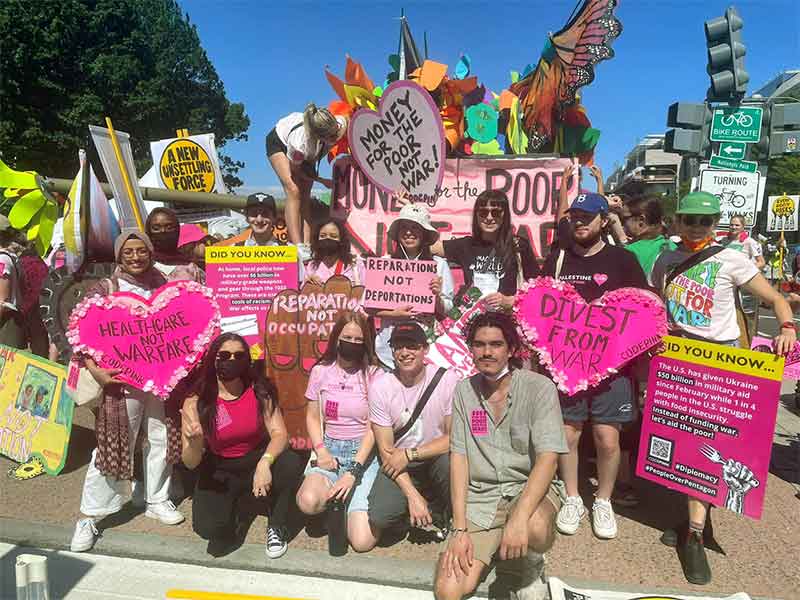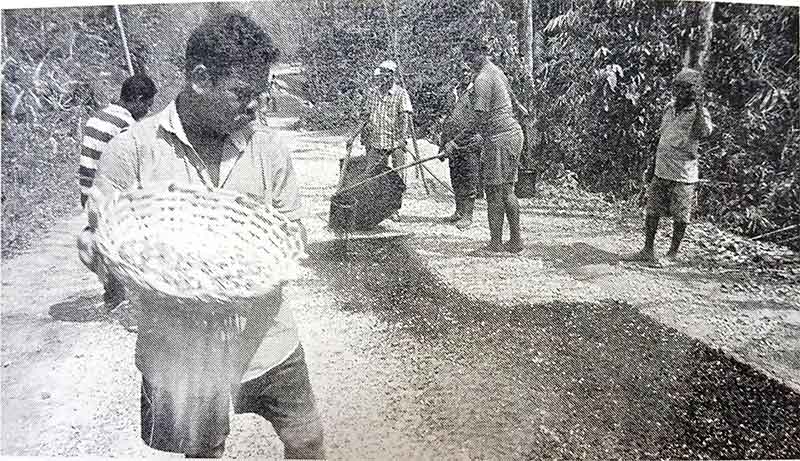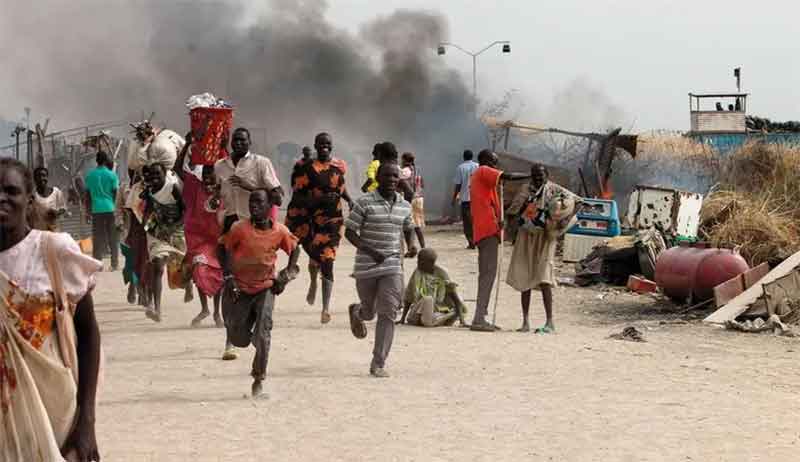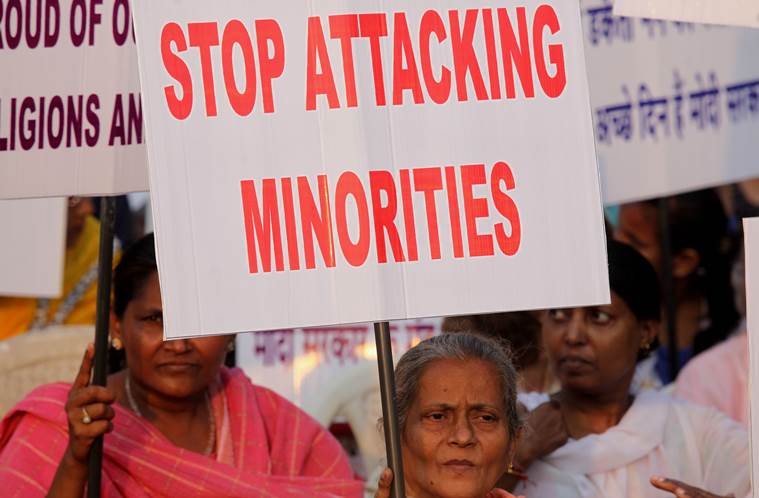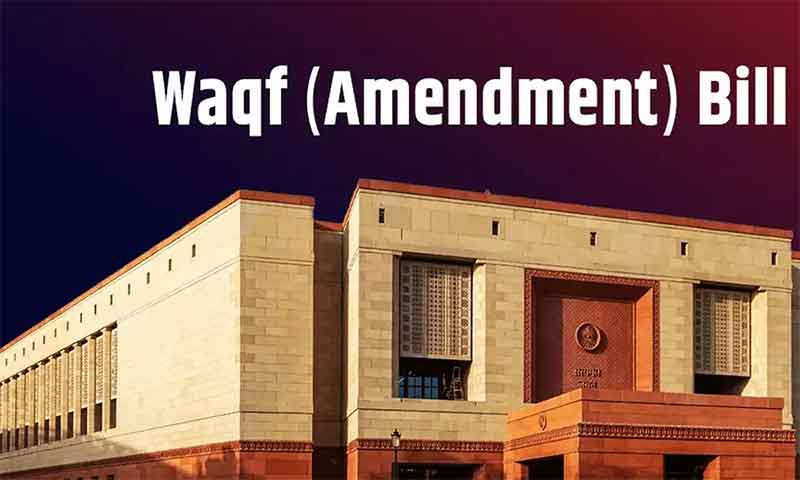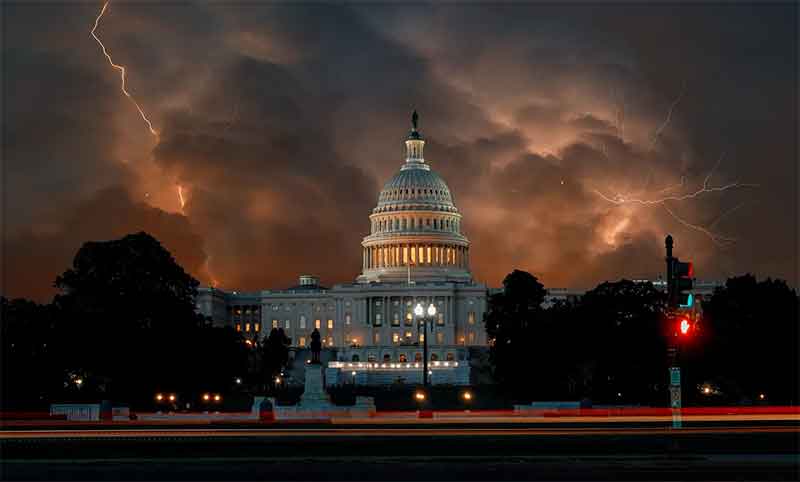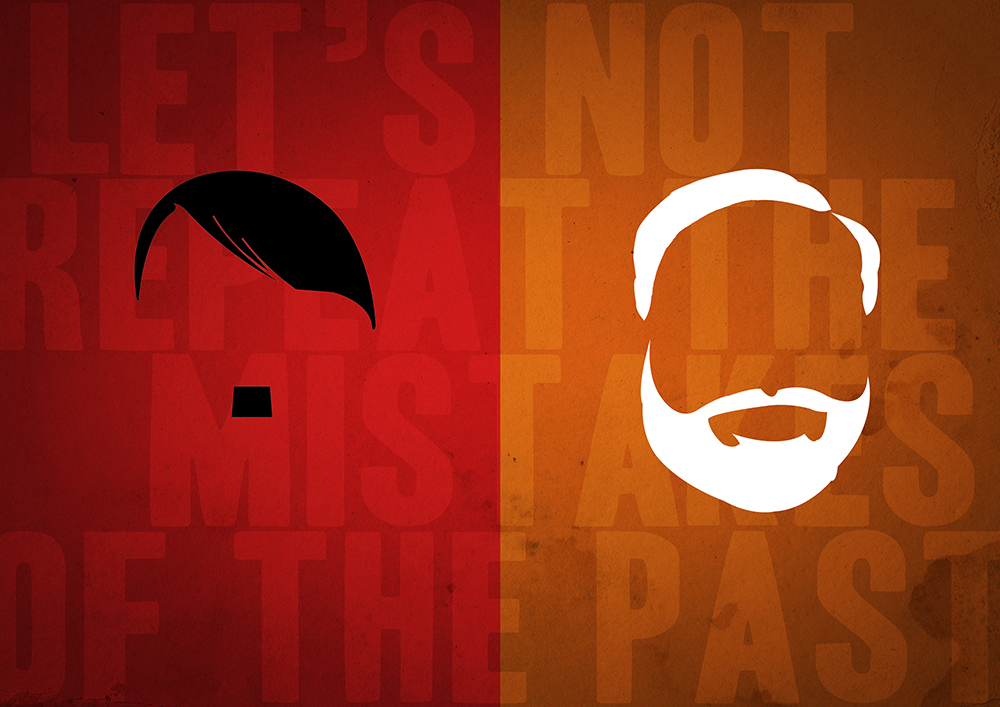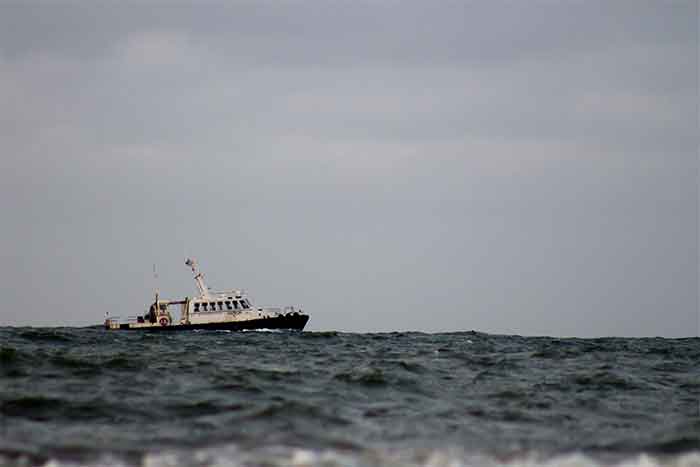
The oceanic region encompassing the Indian Ocean and the Pacific Ocean, known as the Indo-Pacific, has become an area of great geopolitical significance in recent years. There are around 40 countries located in this strategically important region, including several global powers such as China, India, Japan, and South Korea. The growing interest in these waters and the land masses occupying them can be attributed to the rise of China as a global superpower in the region. There are also several global trade routes of great importance that pass through the waters of the Indo-Pacific, facilitating almost half of the world’s maritime trade through them. The region also is home to rising tensions and conflicting geostrategic interests between two sets of global powers, China on one hand and India, the US, and other liberal democracies on the other.
The rapid growth of the Chinese economy has its roots in the advent of globalization in the state. The manufacturing sector giant saw a magnificent increase in both imports and exports after opening up its economy to global trade in the 1980s. Now, China is one of the world’s biggest economies, as well as a military power, claiming the top spot in both these matters in the Indo-Pacific region. The state due to its economic and militaristic strength is able to influence the political strategies of its neighbors to its interest. In recent years, China has initiated the Belt and Road, the Regional Comprehensive Economic Partnership (RCEP), and the Asian Infrastructure Investment Bank (AIIB) among other initiatives to improve transportation and connectivity for China to its neighbors.
On the other side of the rope in this tug-of-war in the Indo-Pacific, there exists India, Japan, and South Korea, along with states such as the US and France entering the game from a different geographical region. All these states combined, are dabbling in similar interests- counter the rise of China as a hegemon. The biggest player among these players can be identified as India, as denoted by the shift in the terminology used to describe the region from “Asia-Pacific” to “Indo-Pacific.”. India and its allies have also engaged in investment in infrastructure and military power in the neighborhood, such as the Fast Attack Craft (FAC) Deal with Vietnam, assisting the state to strengthen its coastal defense and maritime surveillance capabilities.
According to the pioneer of neoliberal International Relations theory, Kenneth Waltz, the balance of power is the act of self-preservation by a state in a world order where there are concentrations of power. Balancing can be done internally, by increasing the state’s militaristic strength (in realist terms), or externally, by aligning with strong powers in order to receive protection from the alliance. The Indo-Pacific consists of several small island nations that do not have the geographical capabilities to hold up on their own against giants such as India and China. These nations have the role of choosers imposed upon them in the midst of the battle between the economically and militarily stronger states.
While these states navigate the waters to generate development for themselves, the threat of hegemonic domination by either side constantly looms above them. Trade with China is key to almost all countries in the region, enabling the potential hegemon to expand its power and influence as its GDP reaches newer heights. However, the skepticism regarding China’s power steers them into entering trade and diplomacy with the powers countering China, such as India and the US. The aim of these states is to improve their economy and position in the world order, and they attempt to do so through diplomatic relations offered by the battling powers. One such example is the Maldives, in connection with their India First Policy. They have embraced the opportunity that was presented to them under Prime Minister Modi’s decision to amp up India’s Neighbourhood First Policy, by implementing Rupay cards in their state, enhancing economic activity by Maldives’ largest market for tourism, Indians.
However, the power struggle in the region creates an environment of uncertainty for the smaller nations, with a possibility of economic coercion, perhaps even through hard power. Besides the territorial, economic, and political tensions caused by the tense situation, smaller states also bear the brunt of the escalation of the climate crisis. Preparing for potential military operations in the Indo-Pacific region involves the use of naval armored vessels, that rely on heavily polluting bunker oil. Other military training activities will further exacerbate the carbon footprint which would result in disastrous consequences for small developing states with rising sea levels. There exists a lot of discourse around the power play region, however, the action taken on the climatic consequences do not amount to the loud chatter about power politics.
Neha Tuheen is an undergraduate student of International Studies at FLAME University, Pune.
Email: nehatuheen@ gmail.com

